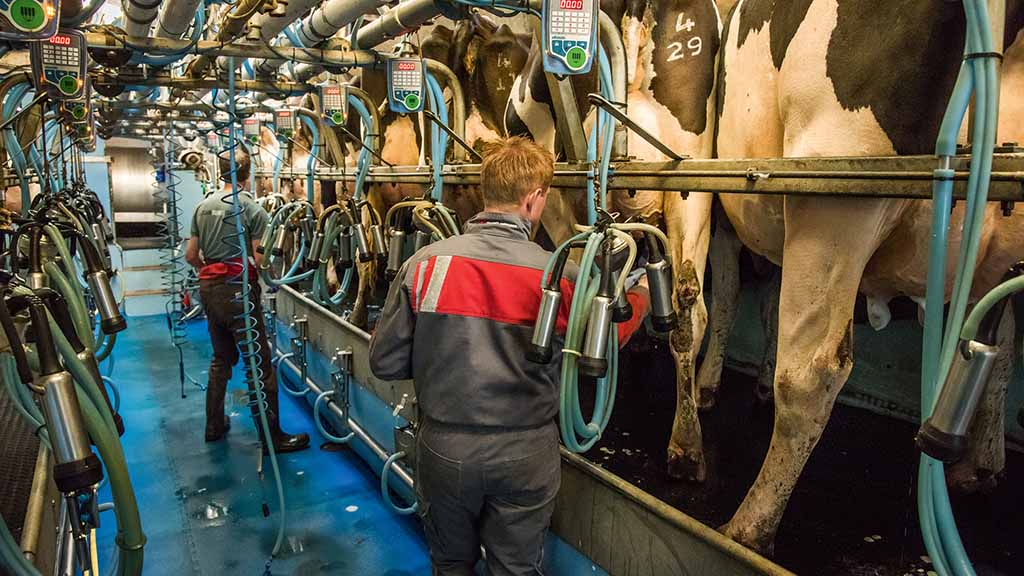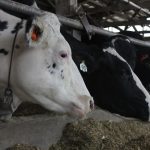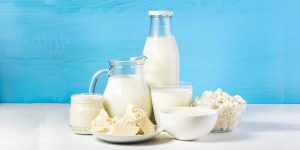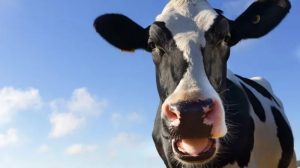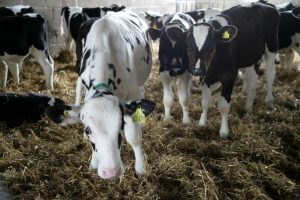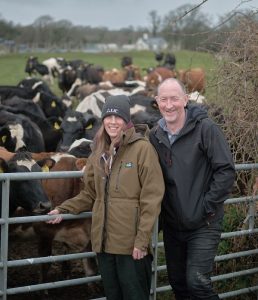
To have an efficient milking routine and maintain good udder health, farmers need to have a good knowledge of the inner workings of milking machines and the anatomy and physiology of the dairy cow.
Tom Greenham, a vet at Advance Milking, offering advice and guidance to dairy farmers wanting to improve in the these areas, says it is important farmers look at a range of issues when trying to evaluate and, ultimately, improve, milking efficiency, milk quality and cow health and well-being.
CALCULATING MILKING EFFICIENCY
COWS PER HOUR
■ COWS per hour is traditionally the most common way to measure parlour efficiency, but Mr Greenham says it is actually not very useful, as it will vary heavily depending on yield.
For example, a value of 100 cows per hour would be much more efficient if it was 100 high-yielding Holsteins per hour than 100 grazing cross-bred cows per hour. This measure does not make it easy to compare one farm to another.
The calculation for cows per hour is: number of cows milked divided by the hours taken to milk.
The target is more than 150 cows/hour for an average UK herd with a ‘linear’ parlour.
MILK PER HOUR
■ IT is more sensible to use milk per hour as a measure on an average farm. Mr Greenham says: “It is a good measurement because it has the biggest influence on your bottom line, so it is actually quite a good financial measurement.”
The calculation for milk per hour is: milk produced per day divided by the hours taken to milk. The target for this is more than 1,500kg/hour for the average UK herd. These figures will vary depending on the scale of the herd. For herds with a rotary milking parlour, you may put in a slightly higher target than for linear parlours.
Mr Greenham says: “We tend to find that rotary parlours are significantly more efficient than linear parlours, but there is not that much difference between different types of linear parlour.
“For example, rapid exit parlours are not actually that much more efficient than a more traditional ‘walk in walk out’ herringbone.”
With a rotary parlour, there is no delay time in cows leaving the parlour, which makes them more efficient. As soon as one cow leaves, another can come in and have the unit attached.
MILK PER STALL PER HOUR
■ MR Greenham says this is another good measure as it is a good way to benchmark farms of different sizes and different milking parlour styles against each other.
He says: “If you are just using one single measure, this is probably the best to use to compare farms.”
The calculation for milk per stall per hour is: milk produced per day divided by the number of stalls in parlour/hours taken to milk. The target for this measure is more than 55kg/stall/hour.
MILKING MARGIN PER HOUR
■ MR Greenham says: “When I am working with farms, we will collect a little bit more data to work out the milking margin per hour.”
The calculation for milking margin per hour is: revenue generated by the milking parlour (the amount of milk produced per hour multiplied by the milk price for that farm) minus fixed and variable costs.
These fixed and variable costs include hourly labour costs, running costs and the capital investment of the milking machine, so how much it costs to buy and install, split that over the lifetime of the parlour, for example 25 years.
Mr Greenhan says: “The interesting things is when you start changing different parts of the calculation, none of them make a huge difference until you change milk per hour, making this a good indicator of what margin per hour is going to be.”
The target for this measure is more than £400/hour.
MILK LET DOWN/AUTOMATIC CLUSTER REMOVAL
TWO major factors which can affect milking efficiency are milk let-down and the settings of the automatic cluster removal system (ACR).
PRE-MILKING PREPARATION
■ MR Greenham says: “We found there is no difference in milking efficiency between herds which carry out pre-milking preparation of teats and those which do not prepare teats, whether that is brushing, wiping or dipping. This is a valuable finding, as it shows that extra preparation does not slow down milking overall.”
For good milk let-down, teats need physical contact, then a time gap to allow the let-down process to occur.
This time lag needs to be between 60-90 seconds, depending on the herd. Although this delays attachment of the milking unit, the ‘lost time’ is regained by cows milking out quicker, reducing attachment time by up to two minutes.
He says: “If you have problems with mastitis and bactoscan, it makes sense to prepare teats and it will not increase the length of milking, as cows will milk faster.”
Studies suggest herds where cows are coming into the parlour with less milk in their udders, possibly stale cows or cows on three-times-a-day milking, are getting better milking efficiency with longer delays between first touching the teat and attaching the units.
ACR SETTINGS
■ MR Greenham says: “The biggest thing farms can do to improve their milking efficiency is to change their ACR settings.
“Traditionally, we have squeezed every last drop out of the udders, and usually the ACR will only kick in when milk flow drops to 200-250ml/minute, which is the usual factory setting.”
However, this has been found to be quite harsh on cows’ teats and udders.
Mr Greenham says: “We can increase milk flow rate that triggers detachment by quite a lot without having any more problems with mastitis and without losing any milk yield either in the bulk tank or yield per cow.”
He recommends for herds milking twice-a-day, the threshold can be increased to 500-600ml/ minute, and for herds milking three times/day, it can be increased to 800-1,000ml/minute.
IMPROVEMENTS
MR Greenham says it is important to review cow flow through the parlour.
“It is easy to do, either stand out of the way and watch or set up a video camera.
“Watch how cows behave as they come in to be milked. It is possible to make some really inexpensive changes to the approach to the milking parlour. This can have a big impact on how keen cows are to enter.”
He recommends using stock boarding at the parlour entrance to stop cows being distracted by what is going on in the parlour pit, and angle corners so there is nowhere for cows to get stuck, ideally using 40-degree angles to funnel them into the parlour.
Space
Give cows enough space in the collecting yard to allow them to establish the order they want to go into the parlour. People often forget the order cows walk to the collecting yard will be different from the order they want to be milked.
If cows are crammed too tight, heads start to pop up between them, which means cows are stressed.
Mr Greenham says 95 per cent of cows should come into the parlour by themselves.
“Milking should be a pleasant process for cows when the vacuum and pulsation is right. It takes pressure off the udder making them more comfortable. They should come to the parlour because they want to.”
OTHER INFLUENCES
MILK let-down can also be influenced by what happens outside the parlour.
Mr Greenham says: “When we are reviewing milking efficiency, not only are we changing parlour settings and changing milking routine, we also need to look at what is happening in the half-an-hour before milking.
“Cows are creatures of habit. Anything different will stress them out. For example, crowding in the yard, someone new in the parlour who acts differently, different times and change of routine can have an effect on their stress levels.”
These factors can determine how well they let their milk down and influence time taken to milk.
“The process of bringing cows into the parlour affects how they milk, but also their milking experience can affect how keen they are to come into the parlour, so it is a vicious circle.”
Milking could be uncomfortable for cows if they are not letting milk down properly, because ACR settings are wrong, resulting in over-milking, or because of ill-fitting liners.
